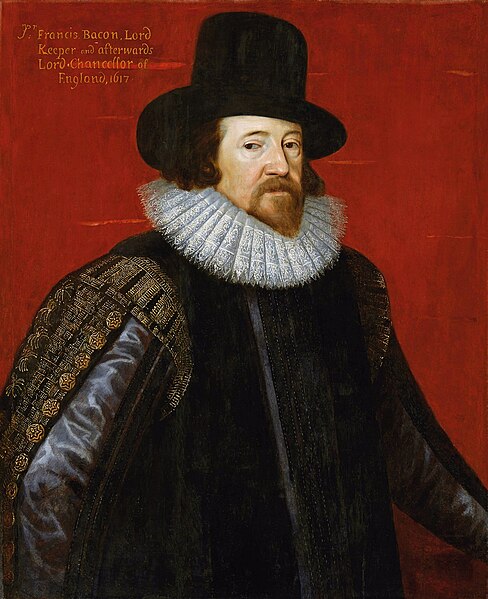Sir Thomas Browne was an English polymath and author of varied works which reveal his wide learning in diverse fields including science and medicine, religion and the esoteric. His writings display a deep curiosity towards the natural world, influenced by the Scientific Revolution of Baconian enquiry and are permeated by references to Classical and Biblical sources as well as the idiosyncrasies of his own personality. Although often described as suffused with melancholia, Browne's writings are also characterised by wit and subtle humour, while his literary style is varied, according to genre, resulting in a rich, unique prose which ranges from rough notebook observations to polished Baroque eloquence.
Sir Thomas Browne (c. 1641–1650), attributed to Joan Carlile
Lady Dorothy Browne and Sir Thomas Browne (c. 1641–1650), by Joan Carlile
Browne's house in Norwich
Browne's skull, as illustrated in Charles Williams's The Measurements of the Skull of Sir Thomas Browne (1895)
The Scientific Revolution was a series of events that marked the emergence of modern science during the early modern period, when developments in mathematics, physics, astronomy, biology and chemistry transformed the views of society about nature. The Scientific Revolution took place in Europe in the second half of the Renaissance period, with the 1543 Nicolaus Copernicus publication De revolutionibus orbium coelestium often cited as its beginning.
Astronomer Copernicus, or Conversations with God by Jan Matejko, 1873
Portrait of Galileo Galilei by Leoni
Astronomia Nova by Johannes Kepler (1609)
Francis Bacon was a pivotal figure in establishing the scientific method of investigation. Portrait by Frans Pourbus the Younger (1617).








